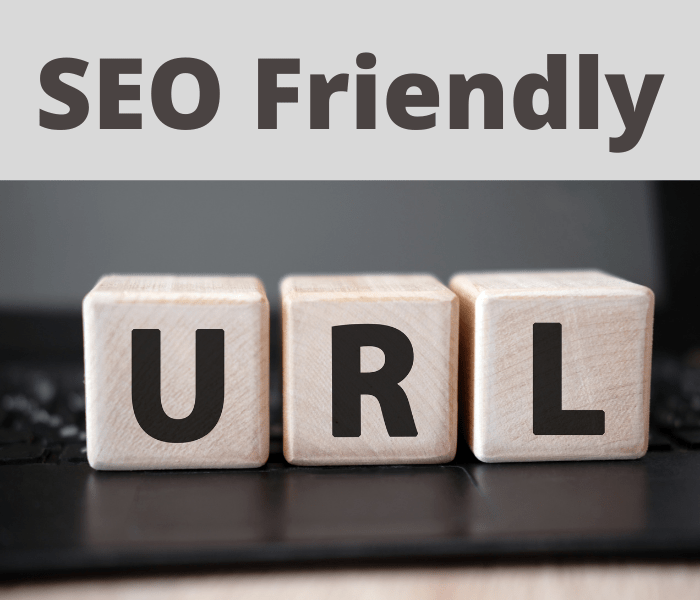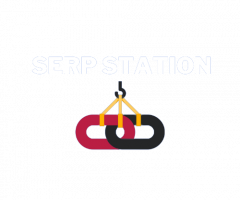If you’re serious about SEO, then you need to have a clean and SEO friendly URL structure. It’s one of the most basic and important on-page SEO factors.
A well-optimized URL structure can do wonders for your website. It can help you rank higher in search engines, improve your click-through rate, and even increase your website’s usability.
That’s why, in this guide, we’re going to show you how to create an SEO friendly URL structure for your website.
Here’s what we’ll cover:
- What is an SEO Friendly URL Structure?
- Why is an SEO Friendly URL Structure Important?
- How to Create an SEO Friendly URL Structure
- Tips for Creating an SEO Friendly URL Structure
Let’s get started!
What is an SEO Friendly URL Structure?
An SEO friendly URL structure is a URL that is easy to read, understand, and remember for both humans and search engine bots.
A good URL structure should:
- Be easy to read and understand: Users should be able to look at a URL and know what page they will be taken to.
- Use keywords: A URL should include keywords that describe the page’s content. This helps users and search engines understand what the page is about.
- Be short and descriptive: A URL should be as short and descriptive as possible. This makes it easy for users to remember and for search engines to crawl.
- Use hyphens to separate words: Hyphens are used to separate words in a URL. This makes it easier for users to read and for search engines to crawl.
Why is an SEO Friendly URL Structure Important?
An SEO friendly URL structure is important because it can help you rank higher in search engines, improve your click-through rate, and even increase your website’s usability.
- 1.Rank Higher in Search Engines
One of the most important benefits of an SEO friendly URL structure is that it can help you rank higher in search engines.
Search engines use a variety of factors to determine where a website should rank in the search results. One of these factors is the URL structure.
If you have a well-optimized URL structure, it sends a signal to search engines that your website is well-organized and easy to navigate. This can help you rank higher in the search results.
- Improve Your Click-Through Rate
Another benefit of an SEO friendly URL structure is that it can help improve your click-through rate.
Your click-through rate is the percentage of people who click on your listing in the search results.
If your listing has a well-optimized URL, it will be more likely to stand out in the search results. This can help you attract more clicks and improve your click-through rate.
- Increase Your Website’s Usability
An SEO friendly URL structure can also help increase your website’s usability.
A well-optimized URL is easy to read, understand, and remember. This makes it easy for users to navigate your website and find the information they’re looking for.
How to Create an SEO Friendly URL Structure
Now that you know why an SEO friendly URL structure is important, let’s take a look at how you can create one for your website.
There are a few things you need to keep in mind when creating an SEO friendly URL structure:
- Use Keywords
One of the most important things to keep in mind when creating an SEO friendly URL is to use keywords.
Include keywords that describe the page’s content. This helps users and search engines understand what the page is about.
- Keep It Short and Descriptive
Another important thing to keep in mind is to keep your URL short and descriptive.
A short and descriptive URL is easy to read, understand, and remember. It’s also easy for search engines to crawl.
- Use Hyphens to Separate Words
When creating an SEO friendly URL, be sure to use hyphens to separate words.
Hyphens make it easier for users to read and for search engines to crawl. They also help improve the clarity of your URL.
- Avoid Dynamic URLs
When creating an SEO friendly URL, avoid using dynamic URLs.
Dynamic URLs are URLs that contain characters such as ? or &. These characters make it difficult for search engines to crawl and index your website.
- Use Canonical Tags
If you have multiple pages with similar content, be sure to use canonical tags.
Canonical tags tell search engines which page is the original and which pages are duplicates. This helps prevent search engines from penalizing you for duplicate content.
Tips for Creating an SEO Friendly URL Structure
Here are a few tips to keep in mind when creating an SEO friendly URL structure:
- Use Lowercase Letters
When creating a URL, be sure to use lowercase letters.
Using lowercase letters helps improve the readability of your URL. It also helps search engines index your website more easily.
- Include Keywords Early On
When creating a URL, try to include keywords early on.
Place important keywords at the beginning of your URL. This helps search engines understand the content of your page more easily.
- Use Words Separated by Hyphens
When creating a URL, use words that are separated by hyphens.
Using hyphens helps improve the readability of your URL. It also helps search engines index your website more easily.
- Avoid Using Special Characters
When creating a URL, avoid using special characters.
Special characters can make it difficult for search engines to index your website. They can also make your URL difficult to read.
- Use descriptive Words
When creating a URL, be sure to use descriptive words.
Descriptive words help people understand what your page is about. They also help search engines index your website more easily.
Conclusion
An SEO friendly URL structure is important for a variety of reasons. It can help you rank higher in search engines, improve your click-through rate, and even increase your website’s usability.
When creating an SEO friendly URL, be sure to use keywords, keep it short and descriptive, use hyphens to separate words, and avoid using dynamic URLs. You should also use canonical tags if you have multiple pages with similar content.
following these tips will help you create an SEO friendly URL structure that will benefit your website.

